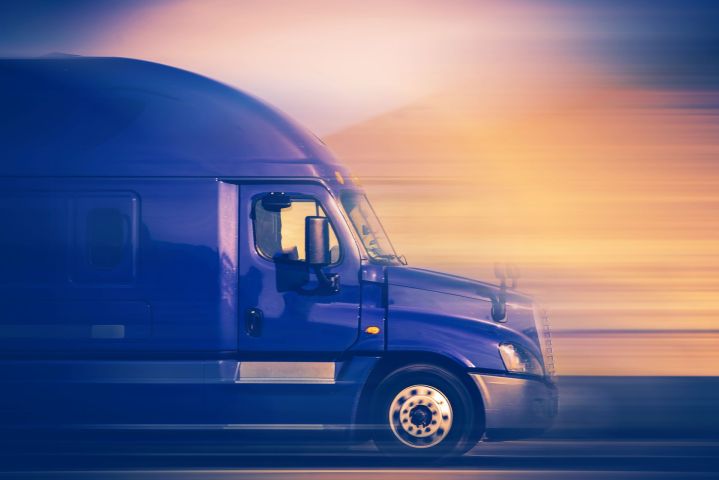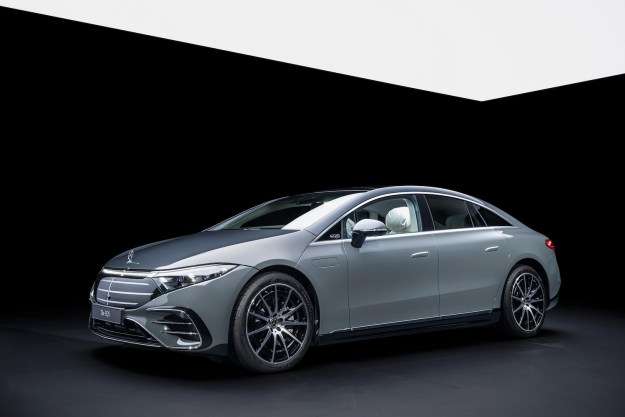
The federal government, as represented by The U.S. Department of Transportation and the National Highway Traffic Safety Administration, wants the speed restrictions within that range for safety and for environmental reasons. “In addition to saving lives, the projected fuel and emissions savings make this proposal a win for safety, energy conservation, and our environment,” said DOT secretary Anthony Foxx.
The Advocates For Highway and Auto Safety group has pushed the trucking industry to turn on the speed limiting technology that has been installed in all U.S. trucks since 1992. “Speed limiters are an available solution to large trucks flagrantly exceeding highway speed limits and needlessly putting the public at grave risk,” said Henry Jasny, the group’s general counsel. Safety groups want the speed cut off at 60 mph.
The trucking industry, which in the past has been resistant to activating speed limiting switches, now agrees and supports the DOT and NHTSA proposal. The trucker group wants the speed limiter capped at 65 mph.
In a statement to Trucks.com, American Trucking Association (ATA) spokesman Sean McNally said, “We know the cliché ‘speed kills’ is true when it comes to driving.”
“Speed is a factor in a third of all vehicle crashes and 23 percent of all truck crashes,” he continued. “So slowing our vehicles down can have tremendous safety benefits.”
If the proposal passes it will affect big rig highway trucks, many buses, garbage trucks and refuse haulers, and all large work trucks. For a sense of proportion, the 26,000-pound target for the speed limit threshold is the equivalent of 4.5 Chevy Suburbans or 3.9 Ford F-250 pickup trucks — so no one’s talking about slowing down soccer parents or pickup cowpokes.




